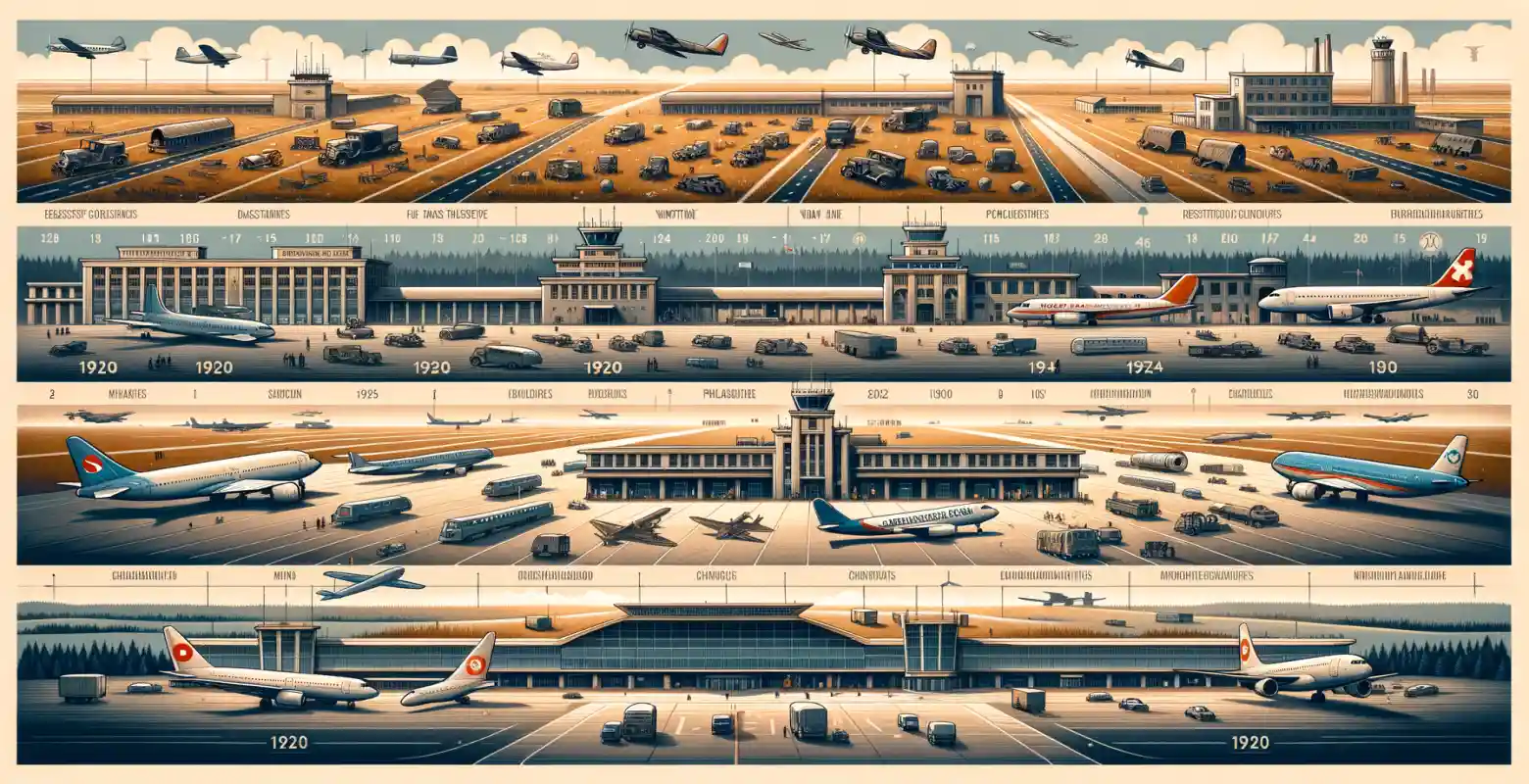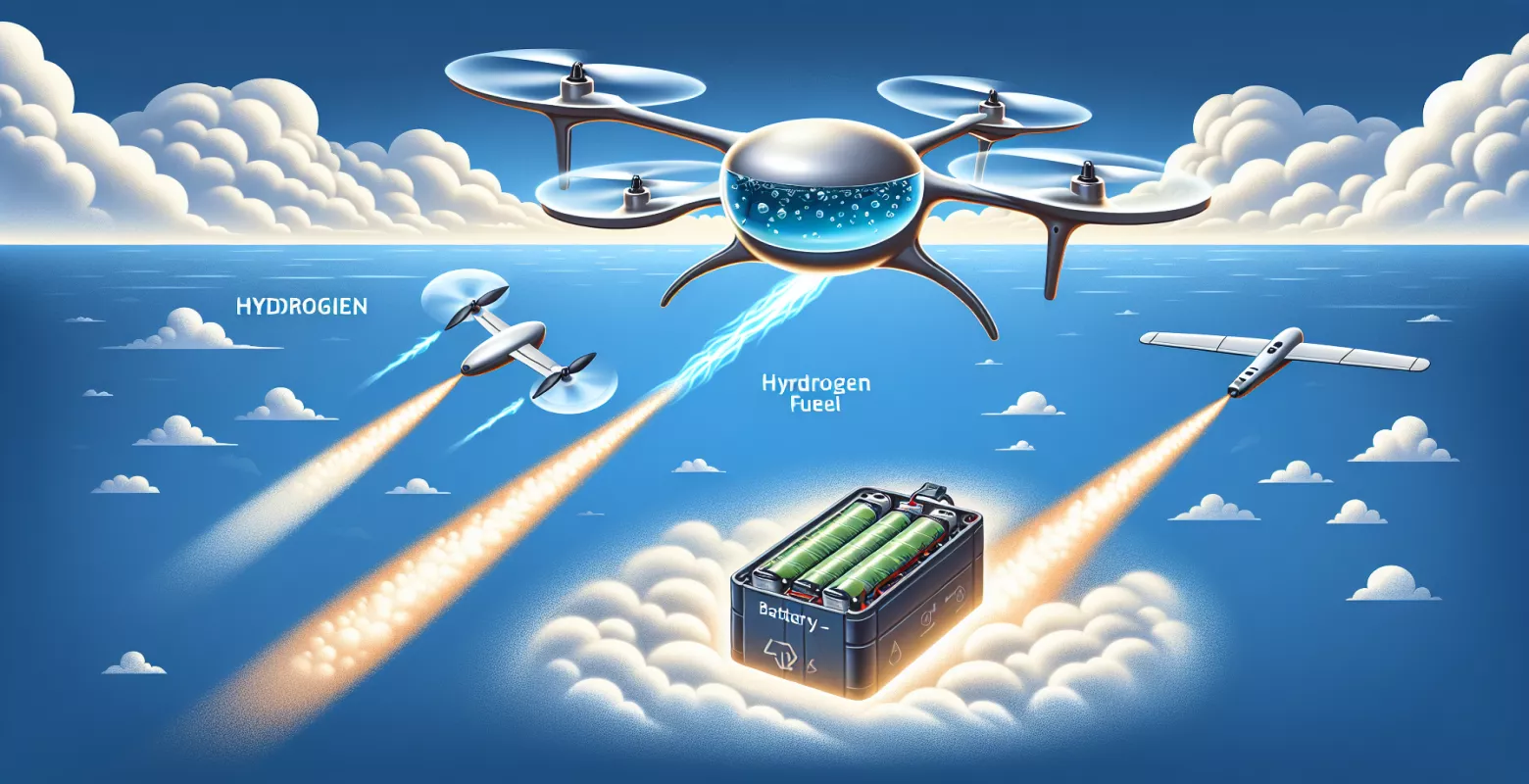The history of Polish airports - from the 1920s to present day
Introduction
The history of Polish airports is a fascinating tale of dynamic development of aviation infrastructure in a country that has undergone significant technological and economic changes since the 1920s. Airports play a crucial role in international connectivity, the economy, and the defense of the country. In this article, we will examine the evolution of Polish airports over the decades, starting from their humble beginnings to contemporary, modern airports. Understanding this history allows us to appreciate the significance of aviation infrastructure for the country's development and identify the challenges and opportunities that lie ahead for Polish airports in the future.
Beginnings: 1920s and 1930s
The beginnings of civil aviation in Poland date back to the 1920s. In 1929, the first regular air connection between Warsaw and Gdańsk was established. The development of airports during this period was limited by the lack of advanced technology and difficult economic conditions in the country. The first airports, such as Okęcie in Warsaw, operated more as modest airstrips with basic infrastructure.
These airports were crucial for laying the foundations of Polish civil and military aviation. It was also during this period that the first airlines, such as the Polish Airline Aerolot, which later transformed into LOT Polish Airlines, were established.
Post-War Period: Reconstruction and Development
World War II brought about massive destruction, and many airports in Poland were either destroyed or severely damaged. The country's post-war reconstruction efforts also included the development of aviation infrastructure. In the 1950s and 1960s, the modernization of existing airports and the construction of new airports began.
During this period, airports like Warsaw-Okęcie started handling an increasing number of passengers. The development of airports was driven by the growing need for international transport and the advancement of aviation technology, allowing for the handling of larger and more advanced aircraft.
1970s and 1980s: Boom in Aviation Infrastructure
The 1970s and 1980s were a time of intensive airport development in Poland. Many existing airports were modernized during this period, and new ones were opened, such as the airport in Katowice-Pyrzowice and Poznań-Ławica. The increase in international connections was made possible by the expansion of infrastructure and the introduction of new technologies.
During this time, LOT Polish Airlines became one of the major carriers in the region, contributing to the growth of passenger traffic at domestic airports. The introduction of new aircraft, such as the Tupolew Tu-154, allowed for servicing longer routes, expanding the reach of Polish airports.
1990s Transformation: Opening up to the World
After the fall of communism in 1989, Poland embarked on a process of economic and political transformation, which had a significant impact on airport development. Opening up to the West and integration with the European Union created new opportunities for the development of aviation infrastructure. In the 1990s, the modernization and expansion of many airports began to align them with international standards.
During this period, the number of low-cost airlines operating in Poland increased, leading to a growth in the number of passengers using airports. The development of tourism and increased trade required improvements in aviation infrastructure, leading to investments in new terminals and runways.
Present: Modern Airports
Currently, Poland has a modern network of airports that meet the highest international standards. Warsaw Chopin Airport is the largest airport in the country, serving millions of passengers annually. Other important airports include Kraków-Balice, Wrocław-Strachowice, Gdańsk-Rębiechowo, and Katowice-Pyrzowice.
In recent years, Polish airports have witnessed a dynamic growth in the number of passengers, driven by an increasing number of connections and the attractiveness of Poland as a destination for both tourism and business travel. Investments in infrastructure, such as new terminals and runway expansions, allow for the handling of an increasing number of flights.
Challenges and the Future of Polish Airports
Despite the dynamic development, Polish airports face many challenges. One of them is the need for further infrastructure expansion to meet the growing demand for air transport. Another challenge is the integration of new technologies, such as automation of passenger and baggage handling processes.
The development of regional airports is another important aspect of the future of Polish aviation infrastructure. Increasing air accessibility in smaller cities can contribute to their economic and tourism development. The modernization and expansion of regional airports are crucial for the sustainable development of the country.
Summary
The history of Polish airports is a tale of transformation and adaptation to changing economic and technological conditions. From humble beginnings in the 1920s, through post-war reconstruction, to contemporary, modern airports, Polish airports have played a key role in the country's development. Understanding this history allows for better preparation for future challenges and the utilization of opportunities that come with the development of aviation infrastructure. Further investments and modernizations will be crucial to maintaining the competitiveness of Polish airports on the international stage.







Number of comments: 0